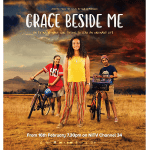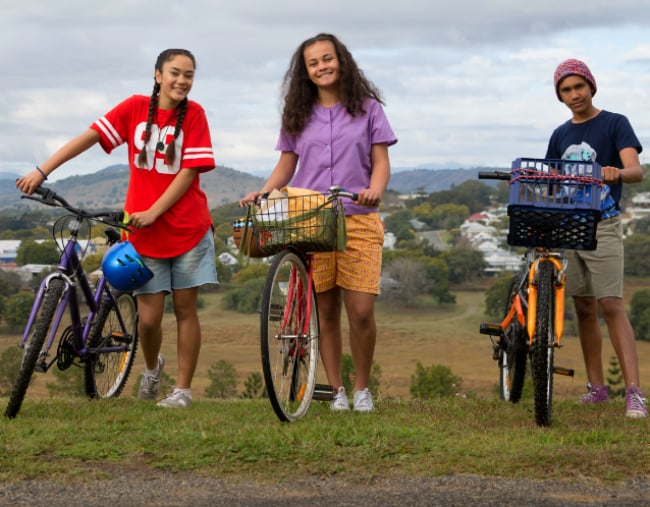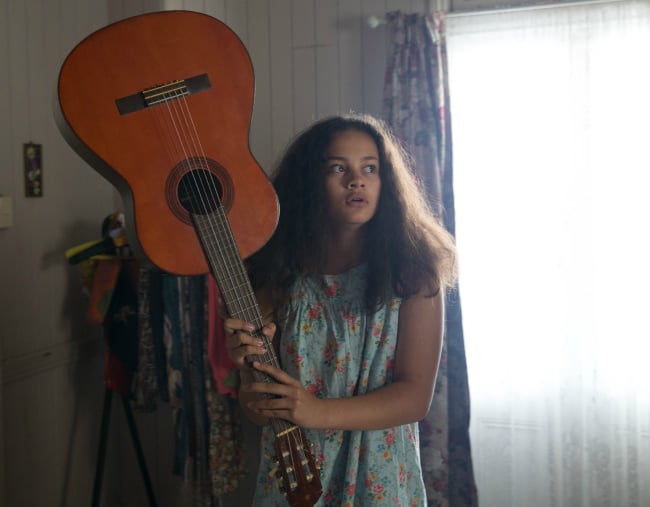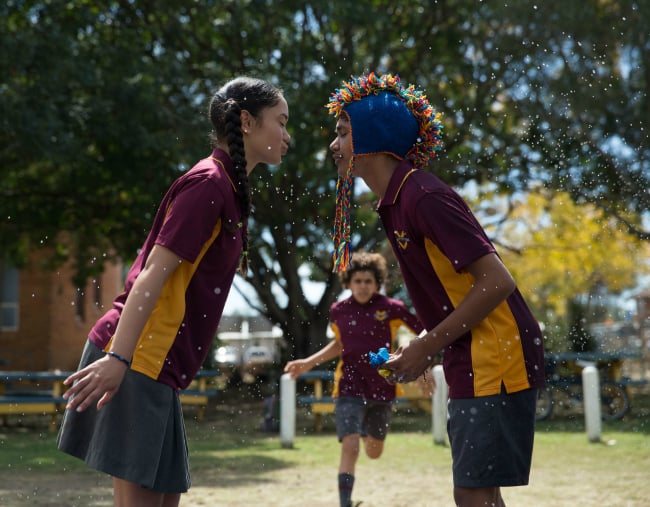
When I was 12, a boy called Peter brought a goanna into our English class for his presentation on animals. He’d caught it the day before, and later that night his mum lit a fire and helped him cook it up so he could bring it in to share with the class. It was educational AND delicious. At the time I had no idea how lucky I was to have an experience that many white Australian city kids may never have – a sharing of culture not at some festival or tourism hotspot, but in the mundane and unremarkable setting of a school classroom. Peter got an A and the rest of us got to taste goanna.
These are the kind of experiences that build understanding and connection and tell the bigger story of what country means to our first nation. This is where true reconciliation takes place – just ordinary people doing ordinary things like any other ordinary day. This is where where understanding builds respect.
I was recently at a writers’ festival in the children’s tent listening to a young Indigenous author entertain kids with his stories. The kids were wide-eyed. They were laughing. They were right there. It occurred to me how unusual this was, how most children’s stories tend to focus on dominant culture. White stories. What is it like growing up with most of the books and TV shows that you watch only ever telling stories about white children? How do you feel about yourself and your identity if you never get to see positive, engaging stories about girls or boys just like you reflected back?
I want my white child to hear black stories. I also want to know the Indigenous kids in this country aren’t constantly subjected to books and TV that repeatedly tells the stories of white kids. I believe it’s important for all kids to see themselves right in the middle of the frame of their story.



